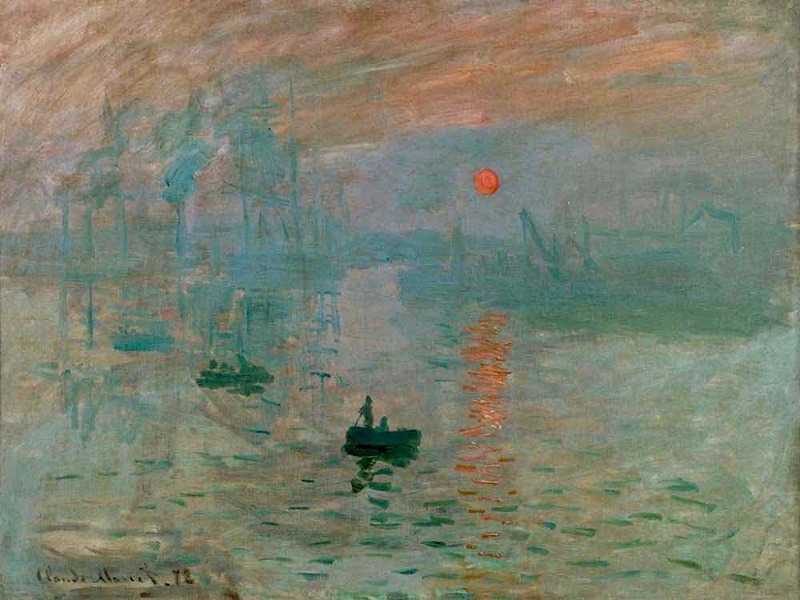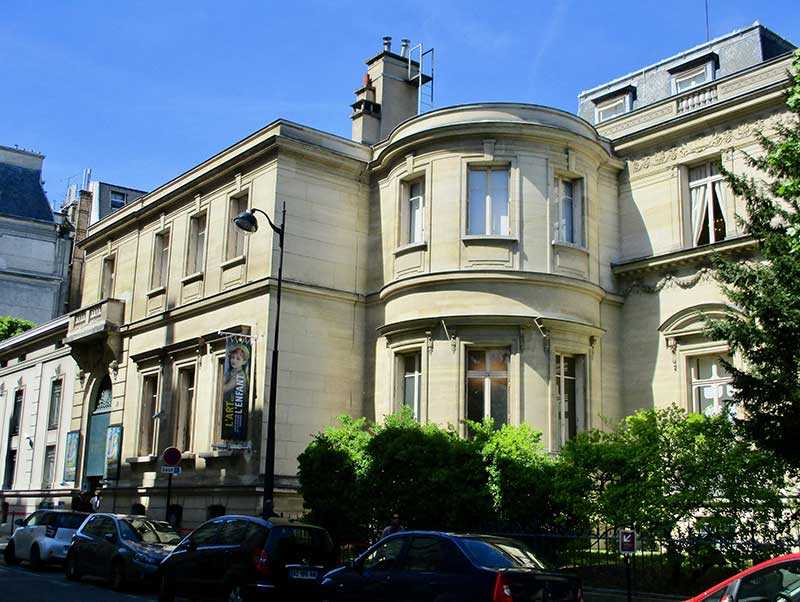1. The Marmottan's Permanent Collection
The Marmottan's permanent collection boasts the world's largest number of Monets and Morisots under one roof!
Monet
The piece de resistance is undoubtedly Monet's Impression: Sunrise, a painting of the harbour at Le Havre executed by Monet on 13 November 1872 which earned the Impressionists their name.
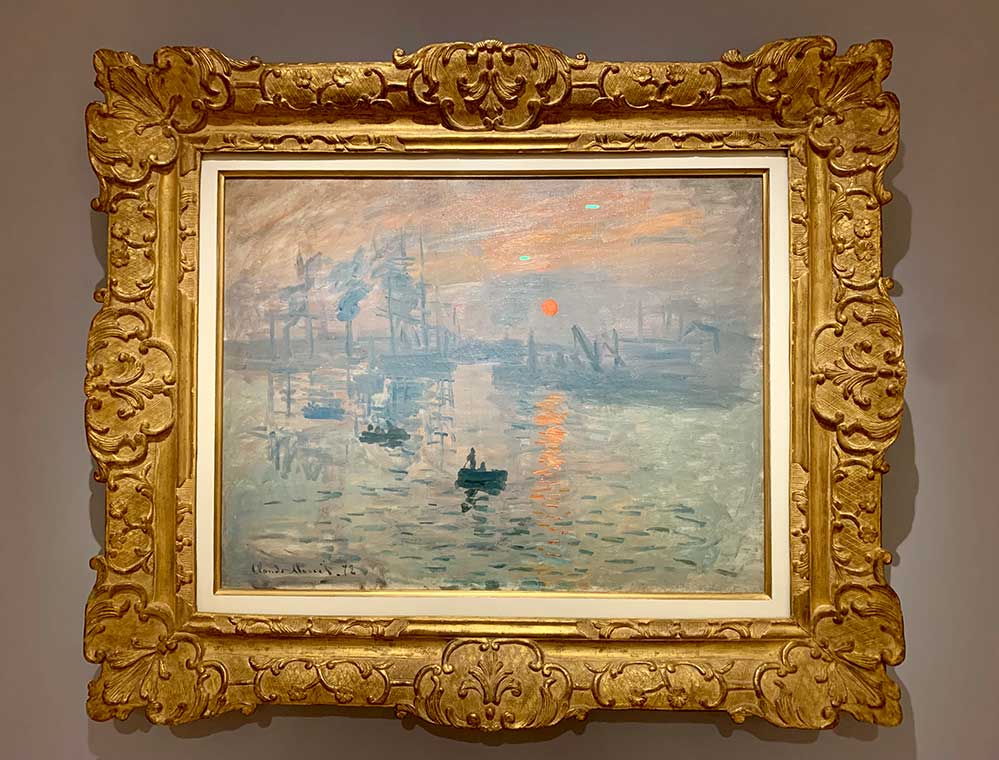
When I last visited (admittedly in November) I was able to spend five uninterrupted minutes in front of this magnificent work - one of the top 10 paintings of all time.
But this is just the tip of the Monet iceberg. The Marmottan holds over 100 Monets in total, including 13 Water Lilies displayed in a circular room which reminded me of the Musee de l'Orangerie without the hordes of tourists. Here's a panoramic picture that I took:

Other important Monets held by the Marmottan are versions of Houses of Parliament, Japanese Bridge, Gare Saint-Lazare and Rouen Cathedral.
Berthe Morisot
Berthe Morisot, the leading female impressionist, is the Marmottan's second best represented artist - the collection boasts 25 oil paintings and over 75 watercolours.
For me, the most important Morisots are Eugene Manet in the Isle of Wight and Eugene Manet with his daughter in the gardens at Bougival. (Eugene Manet, Edouard's brother, was Berthe's husband.)
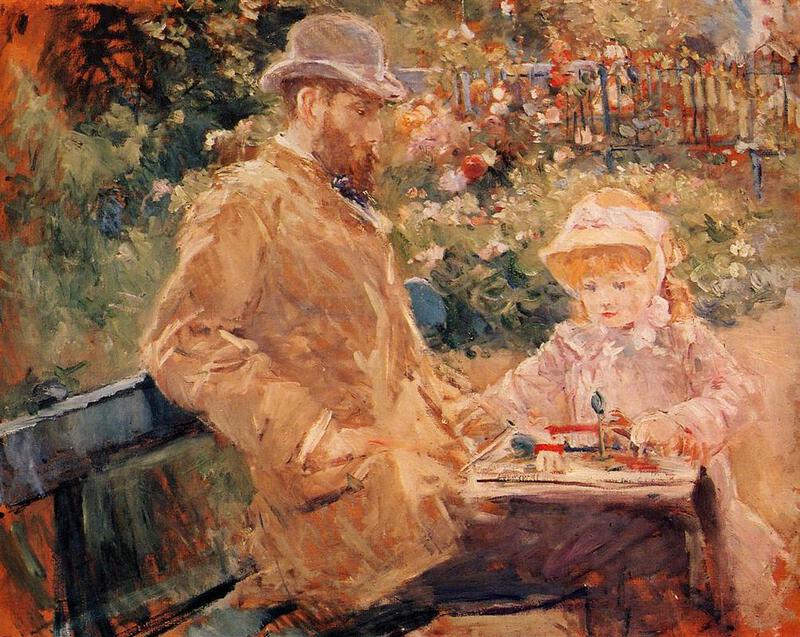
Manet, Renoir, Caillebotte and More
Edouard Manet, the first impressionist to take on the conservative art establishment, is allotted his fair share of gallery space. His most famous and intriguing work on display is Berthe Morisot Reclining, a sensual portrait of Morisot.
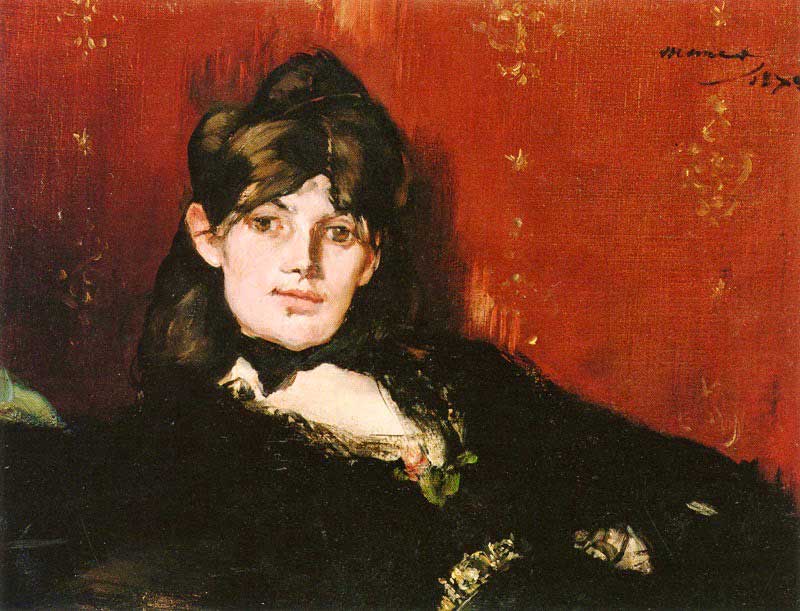
Interesting fact...
Edouard Manet and Berthe Morisot became very close in the 1870s. There is fairly good circumstantial evidence to suggest that they were more than just good friends: Manet painted Morisot in sensual poses; Manet was charming and had a history of infidelity; and Morisot had her sister to destroy correspondence that may well have referred to the affair.
Pierre-August Renoir, the impressionist who had a particular knack for capturing joy and the female form, is also in attendance. I particularly like his portraits of Claude Monet and his then wife Camille Doncieux from 1873 (pictured), and his portrait of Julie Manet (Morisot's daughter) from 1894.
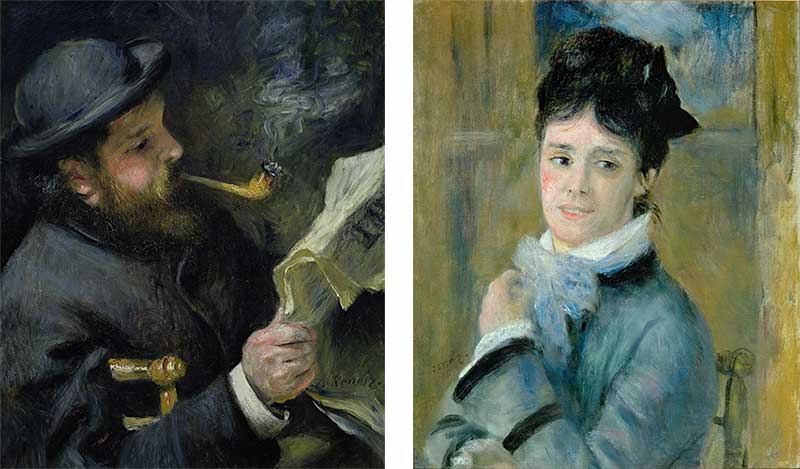
Gustave Caillebotte came somewhat late to the impressionist party, initially as a collector. But he made up for lost time with works such as The Piano Lesson and a study for Rue de Paris in the Rain (the final version, pictured below, is held in the Art Institute of Chicago).
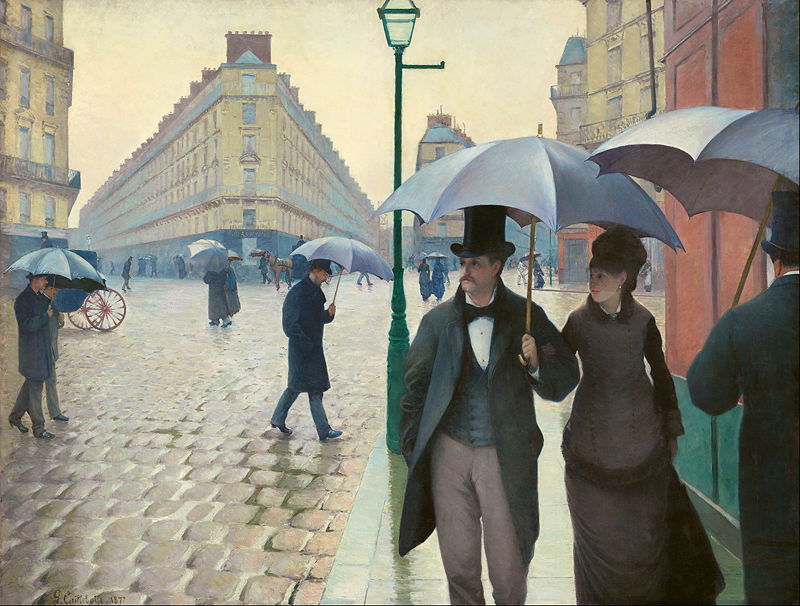
2. Visiting the Marmottan
The Marmottan is open Tuesdays to Sundays, 10am to 6pm (last entrance at 5pm)
It is closed on Mondays and on 1 May, 25 December and 1 January.
Admission currently costs EUR12 (concessions EUR8.50) (December 2021).
Advance booking is highly recommended, especially during the pandemic, with access limited to 250 people at any one time.
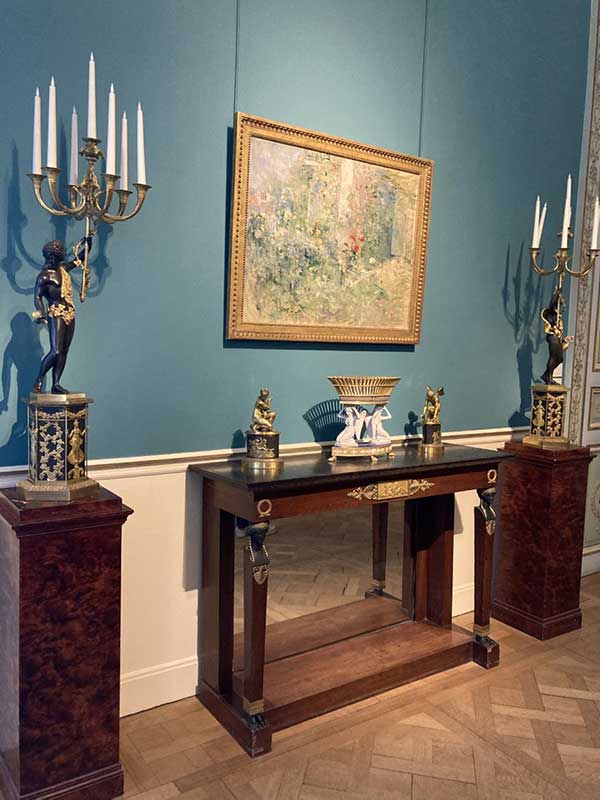
Getting to the Marmottan
The Marmottan is found to the east of central Paris, in the Passy neighbourhood in the 16th Arrondisement. It takes about 30 minutes to get here from the Louvre by Metro.
The closest Metro station are La Muette or Ranelagh on line 9.
You can also take the train, line C stopping at Boulainvilliers.
Temporary exhibitions
The Marmottan typically stages two temporary exhibitions each year, currently Julie Manet: an Impressionist Heritage and Monet/Raynaud: Only Paint (until March 2022).
Past exhibitions have been devoted to, amongst other artists, Toulouse-Lautrec, Goya and Pissarro.
3. The Marmottan's Interior
Originally a hunting lodge for a French aristocrat, the Marmottan is an impressive townhouse on the edge of the Bois de Boulogne.
In addition to housing some of the world's best paintings, visitors can take in the stunning interior architecture.
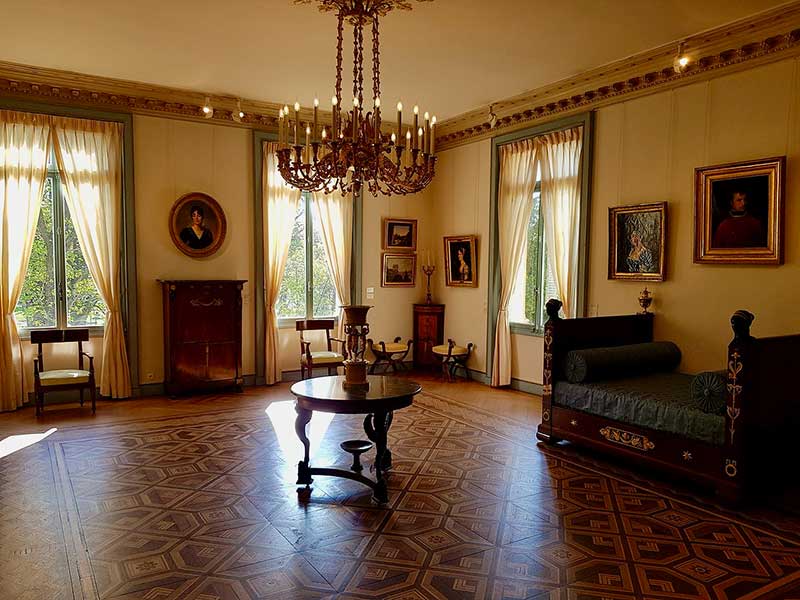
The effect is completed with dining tables, writing desks (one on the first floor is fit for a head of state!), side-tables, carriage and grandfather clocks and much more.
Ownership of the house
The townhouse was first purchased by Jules Marmottan in 1882, to house his art collection (which mainly contained works glorifying Emperor Napoleon I!). His son, Paul (1856-1932), inherited the house and in turn left it to the French Academy des Beaux Arts (Fine Arts Academy).
The Marmottan really got going in 1962, when Michel Monet (Claude's second son, and his only heir) left his father's unsold paintings to the museum - over 100 canvasses in all!
1985 Theft
The museum made the headlines for the wrong reasons in 1985, when nine of it most important paintings, including Impression: Sunrise, were stolen during an armed robbery. The paintings were eventually recovered six years later, having sustained only slight damage.

